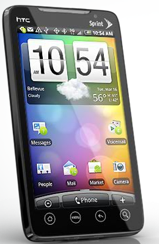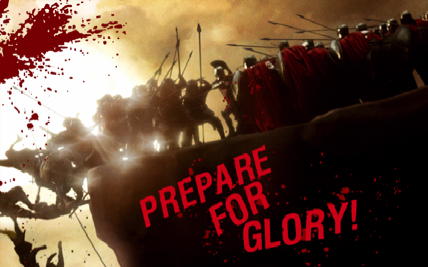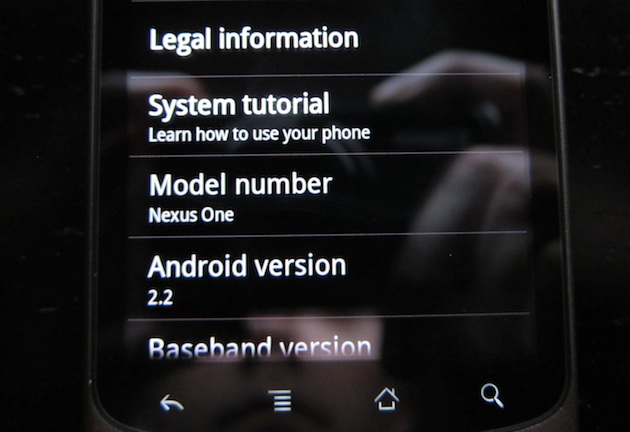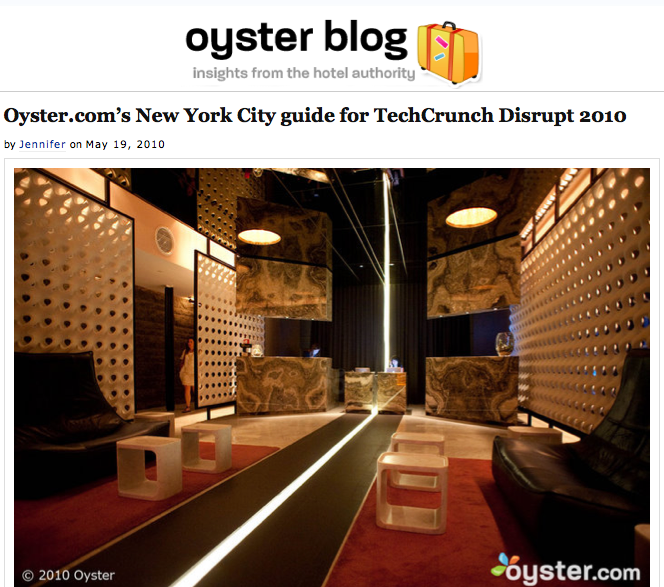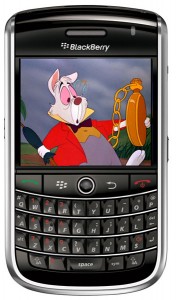 At this week’s I/O Conference, the company carefully articulated its vision of the world. There’s Apple in one corner, carefully controlling its ecosystem, rejecting Flash, and conjuring images of an Orwellian Big Brother. As the “one man, one company, one device” (Vic Gundotra’s words) becomes more powerful, is trying to posit itself as the other choice. The more “open” choice. Whether or not you agree with ’s goggles, it’s a very smart and well defined message, creating an us vs. them environment and reinforcing the mantra “Don’t be evil.”
At this week’s I/O Conference, the company carefully articulated its vision of the world. There’s Apple in one corner, carefully controlling its ecosystem, rejecting Flash, and conjuring images of an Orwellian Big Brother. As the “one man, one company, one device” (Vic Gundotra’s words) becomes more powerful, is trying to posit itself as the other choice. The more “open” choice. Whether or not you agree with ’s goggles, it’s a very smart and well defined message, creating an us vs. them environment and reinforcing the mantra “Don’t be evil.”
This point of “openness” was driven home on Thursday, during the I/O keynote, when Gundotra and Co. unveiled the highly anticipated TV project. Unexpectedly (and to great effect), Schmidt took to the stage at the end to introduce TV partners, a panel of high power CEOs (Best Buy, Sony, Intel, Dish Network, Logitech, Adobe). Together, those companies represent a market capitalization of roughly $200 billion ($350 B when you add ). Their attendance wasn’t really necessary— there was plenty of flash in the presentation (no pun intended)— but it punctuated ’s message: is open, inclusive and powerful and we are definitely not an army of one. Let’s just say, I don’t think it was a coincidence that Adobe’s CEO Shantanu Narayen was seated next to Schmidt. (Bonus: a quick video interview with CEO of Sony & Best Buy ahead.)
 The Jay Leno/Conan O’Brien fight over the Tonight Show is long over. Leno soldiers on, and O’Brien is out mixing it up with real people on tour.
The Jay Leno/Conan O’Brien fight over the Tonight Show is long over. Leno soldiers on, and O’Brien is out mixing it up with real people on tour.






